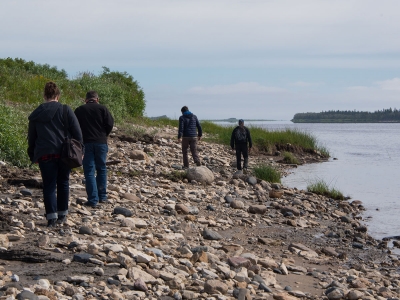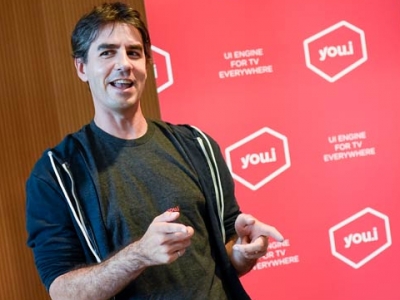By Leah Coppella
This past spring, Carleton University established an internal funding opportunity to support pioneering and time-sensitive research aimed at developing solutions to a variety of challenges created by the COVID-19 pandemic.
Known as CU COVID-19 Rapid Research Response Grants, the all-new funding initiative required submissions from full-time tenured or tenure-track faculty for globally-minded research demonstrating an ability to mitigate the spread of COVID-19 or its effects on communities.
An inspiring response from faculty members across the university has led to nearly 60 selected proposals that are already on their way to making a large impact on COVID-19 research worldwide.
The call to “do good” was answered by many throughout the Carleton community, including professor Zachary Colbert of the Azrieli School of Architecture & Urbanism, who is currently investigating architectural strategies that can help retail environments adapt to physical distancing guidelines.
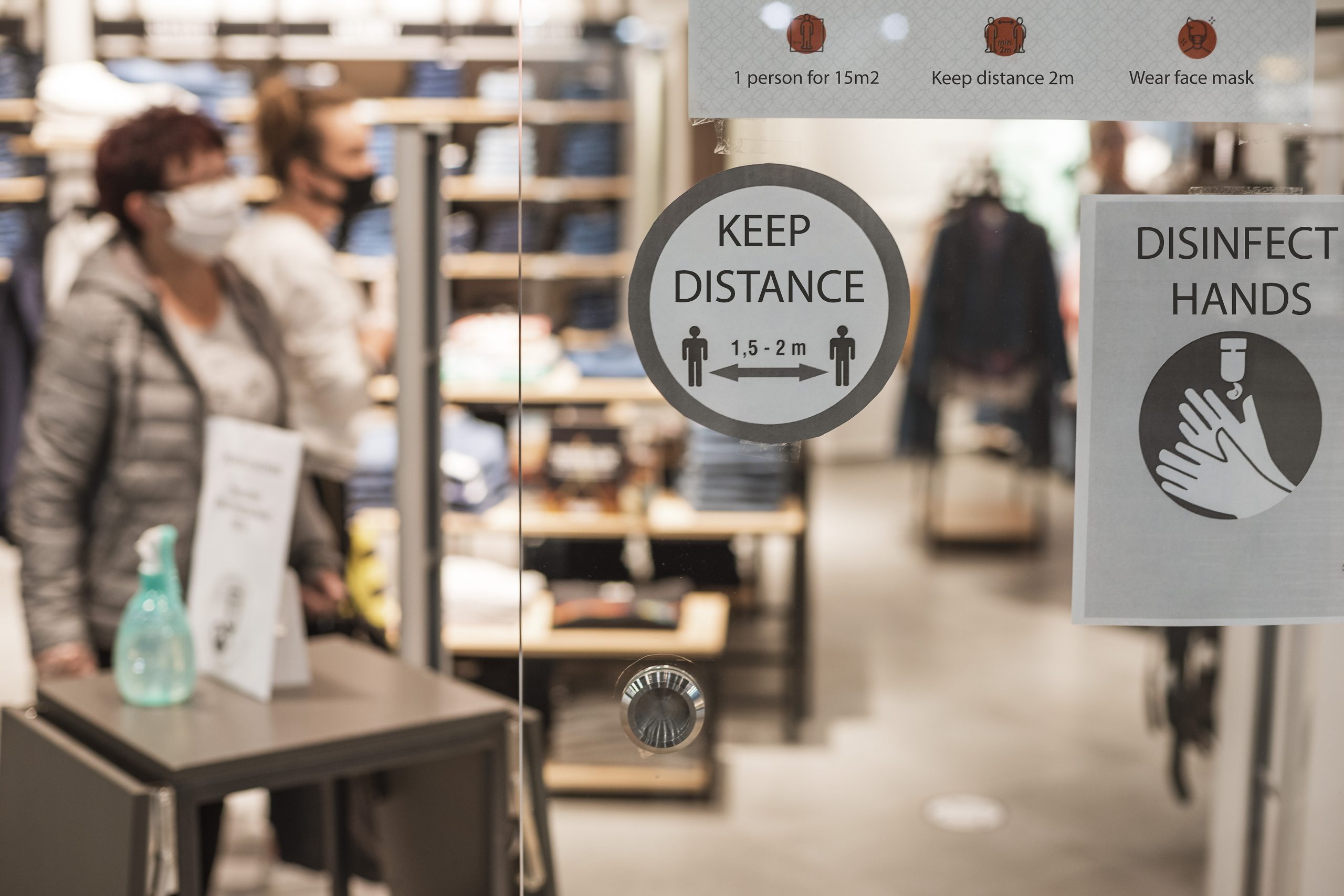
“Buildings are the site of the pandemic,” says Colbert. “It’s become unsafe to gather indoors in ways we would prior to COVID-19, so architecture suddenly plays a massive role in determining how we can move forward in this new normal.”
Colbert believes that architects have the ability to be leaders in thinking through the challenges associated with COVID-19. His research will develop adaptive architectural design standards and recommendations, specifically for Canadian retailers.

Zachary Colbert, Azrieli School of Architecture & Urbanism
Colbert’s partner works as a fashion designer, so seeing impacts of this pandemic on the fashion industry sparked a passion to look into how to bolster customer confidence through physical distancing measures.
Colbert is also looking at historical and contemporary practices for inspiration, but says that reconsidering known standards is the best move for the current pandemic.
“So much of modern architecture can be read as a response to disease-control,” says Colbert. “The aesthetics of modernism, such as clean and open interior environments were partly responses to tuberculosis outbreaks and the Spanish Flu pandemic, wherein the idea of hygienic architecture became universally desirable.”
Colbert is now looking to take hygienic architecture concepts to the next level, such as implementing enhanced ventilation systems, redesigning doorways for touchless entry and incorporating antimicrobial surfaces. He’s also focusing on integrated business models such as scheduling appointments for one-on-one personal shopping experiences, as well as “micro-climates” that could extend outdoor retail seasons, especially here in Canada.
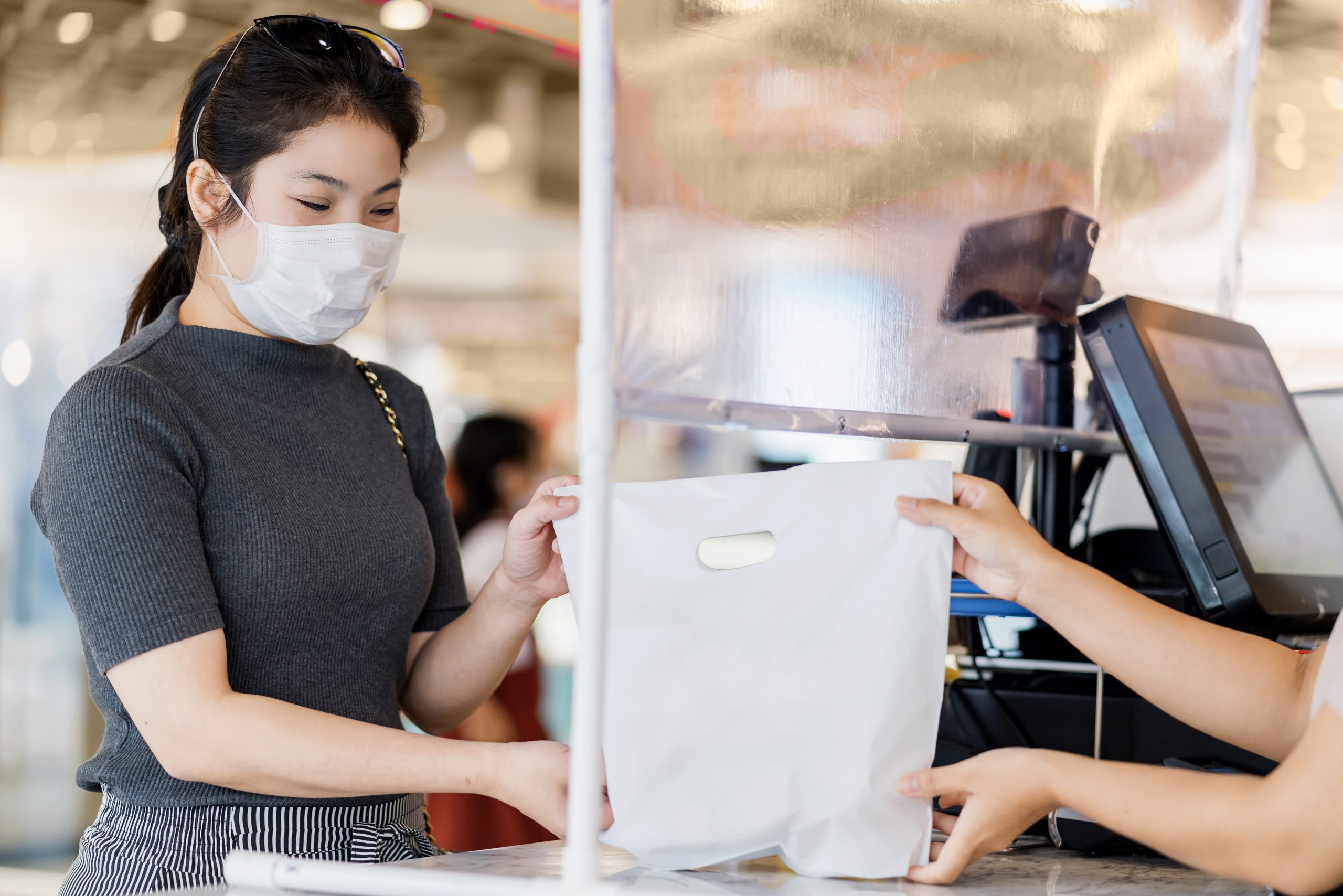
According to Statistics Canada, nearly 3 in every 10 Canadian workers are employed in trades or manufacturing. Of the trades, retail remains the largest sector of the Canadian economy, employing almost 3 million people. While Colbert is developing recommendations to protect public health, he’s also considering how changes can help support store owners and their employees, such as enabling distancing protocols that alleviate the psychological barriers of in-store shopping during a pandemic.
“Open spaces, window walls, mechanical ventilation and building codes are all partly responses to public health concerns,” explains Colbert. “Now that there is another major public health crisis, I’m really curious about how architecture and urban design will respond.”
“Another thing we have to think about is the future ahead of this current crisis,” he continues. “We can anticipate a second wave or another pandemic in the future, so we must always be thinking about how we can adjust the built environment and the urban places that produce public life to be more adaptable.”
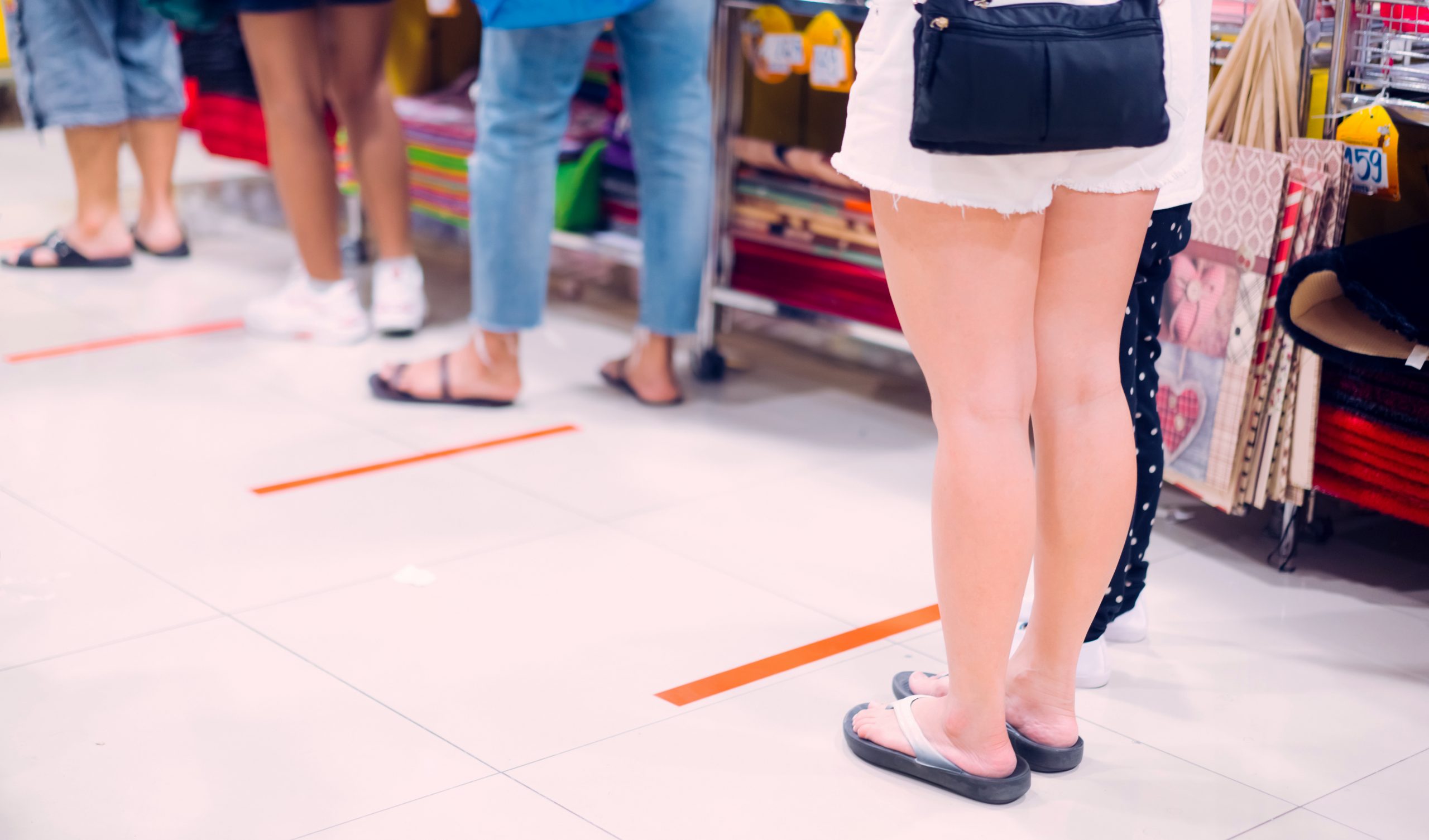
Colbert hopes to do on-the-ground research with business owners in Ottawa while continuing to engage with historical research in order to determine the best way to implement physical distancing and bolster business traffic. Eventually these research outcomes could be extended internationally.
In wanting to ignite larger conversations, Colbert says cost-effective and safe adjustments are possible, and can bolster business during an uncertain time.
“This might just be another moment where a public health crisis will propel architecture and urban design in new directions.”
Tuesday, September 15, 2020 in Architecture, COVID-19, Research
Share: Twitter, Facebook

